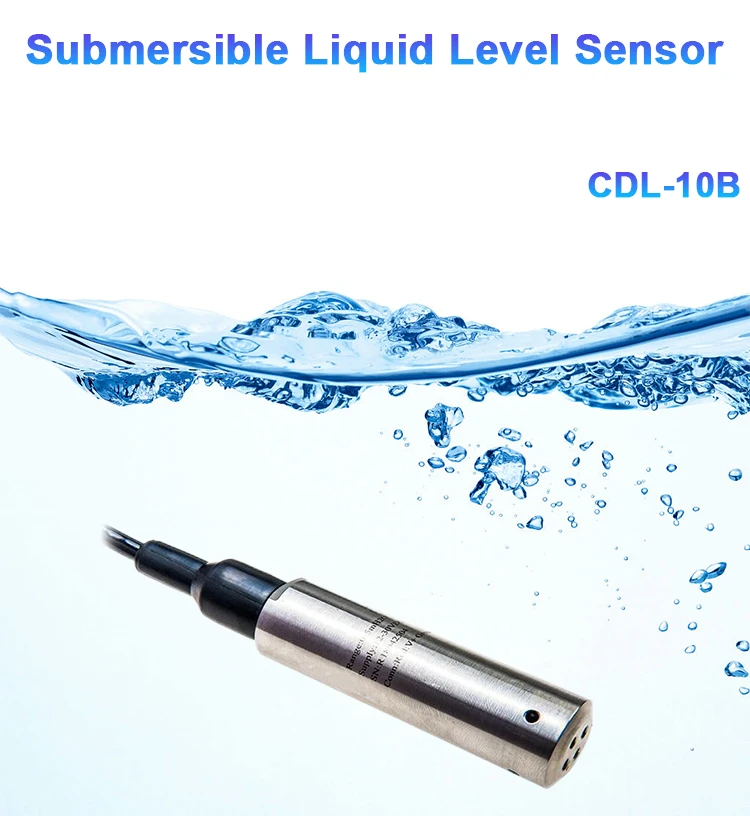Wireless Water Level Sensors: Simplified Remote Monitoring
Introduction
Water is a vital resource in our daily lives. It is important for everything from home use to industrial processes. Yet, monitoring water levels can often present challenges, particularly in remote locations or when dealing with large water bodies. Thanks to technological advancements, wireless water level sensors now offer a convenient solution for remote monitoring. This article explores the benefits and uses of wireless water level sensor systems. It also covers important factors to consider when choosing the right one.
Advantages of Remote Water Level Monitoring
**Real-Time Data Collection**
One of the standout benefits of wireless water level sensors is their ability to deliver real-time insights. Older methods, such as manual checks or fixed wired systems, often require on-site visits to collect data. Wireless systems, however, enable remote data collection and transmission, giving users immediate access to vital information. This not only enhances efficiency but also supports quicker decision-making and timely responses to fluctuations in water levels.
**Real-Time Data Collection**
One of the standout benefits of wireless water level sensors is their ability to deliver real-time insights. Older methods, such as manual checks or fixed wired systems, often require on-site visits to collect data. Wireless systems, however, enable remote data collection and transmission, giving users immediate access to vital information. This not only enhances efficiency but also supports quicker decision-making and timely responses to fluctuations in water levels.
**Cost Efficiency**
Compared to traditional wired systems, wireless sensors are a more cost-efficient option. Installing wired setups often involves significant expenses for trenching, cabling, and integrating with a centralized monitoring system. Wireless sensors bypass these requirements, substantially lowering installation costs. Furthermore, many of these devices run on battery power, reducing ongoing maintenance costs typically associated with wired power supply solutions.
How Wireless Water Level Sensors Operate
**Sensor Technology**
Wireless water level sensors employ different technologies to measure water levels with precision. Common methods include:
– *Ultrasonic Sensors*: These emit sound waves that reflect off the water surface. The time taken for the waves to return helps determine the distance and, consequently, the water level.
– *Pressure Transducer Sensors*: By measuring the pressure exerted at a particular depth, these sensors can accurately gauge water levels.
– *Radar Sensors*: These sensors use electromagnetic waves to find water levels. They measure how long it takes for the waves to return after hitting the surface.
Each technology has its own advantages and suitability depending on the specific application and environmental conditions.
**Wireless Communication**
To ensure seamless data transmission, wireless sensors rely on communication protocols such as Wi-Fi, Bluetooth, or cellular networks. Wi-Fi sensors are good for short-range communication. Bluetooth sensors allow devices to connect directly to each other. For larger or remote monitoring situations, cellular network sensors are best. They provide long-range communication options.
Applications of Wireless Water Level Sensors
Flood Monitoring and Alerts
Wireless water level sensors play a pivotal role in flood management systems. Deploying these sensors in flood-prone areas allows authorities and local communities to collect real-time data. This early warning system enables timely evacuations and proactive measures, effectively minimizing flood-related damages and risks.
Agricultural Irrigation Optimization
Effective irrigation management is critical for farming success and resource conservation. Wireless sensors allow farmers to monitor the water levels in reservoirs, ensuring optimal water supply for crops. When integrated with automated irrigation systems, these technologies help reduce water wastage and operational costs while promoting sustainable agricultural practices.
Reservoir and Dam Management
For large-scale reservoirs and dams, continuous monitoring is essential to maintain structural stability and manage water storage effectively. Wireless sensors empower authorities to track water levels remotely, supporting timely decisions on water release or retention. This improves both the safety and operational efficiency of these critical infrastructure systems.
Key Considerations When Choosing a Wireless Water Level Sensor
Understanding the Monitoring Environment
Selecting the right wireless water level sensor requires a thorough understanding of the environment in which it will operate. We need to evaluate factors such as weather conditions, temperature fluctuations, and potential signal interference. Engineers design certain sensors to withstand extreme outdoor conditions, while others suit indoor use or controlled environments better.
By looking closely at these factors and matching them with monitoring needs, users can choose a solution that works well over time.
With their ability to simplify data collection and enhance efficiency across various applications, wireless water level sensors are transforming water management practices. New tools help track water. They can protect communities from flooding. They can also improve irrigation in farming. These tools are smart and affordable.
Battery Life and Power Management
Battery life plays a critical role in the performance of wireless water level sensors. A longer battery lifespan minimizes maintenance requirements and ensures uninterrupted data collection. Adding power management features, like sleep modes and energy-efficient circuits, can improve battery life. This makes devices better for long-term use.
Integration and Scalability
Seamless integration of wireless sensors into existing monitoring systems or platforms is essential. Compatibility with data logging tools, cloud-based solutions, or mobile applications simplifies both data accessibility and analysis. Furthermore, scalability is key to accommodating future needs, allowing for the expansion of monitoring networks as required without significant overhauls.
Conclusion
Wireless water level sensors offer a reliable, efficient, and user-friendly solution for remote water level monitoring. Their ability to give real-time data, along with being cost-effective and durable, makes them essential. They are important in areas like flood prevention, agricultural irrigation, and reservoir management. When choosing these sensors, it is important to think about several factors. Consider the monitoring environment, battery life, and power management features. Also, look at integration options and network scalability to find the best solution. With these advancements, managing water resources is now more efficient and effective. This improves decision-making and supports sustainable use of water systems.
